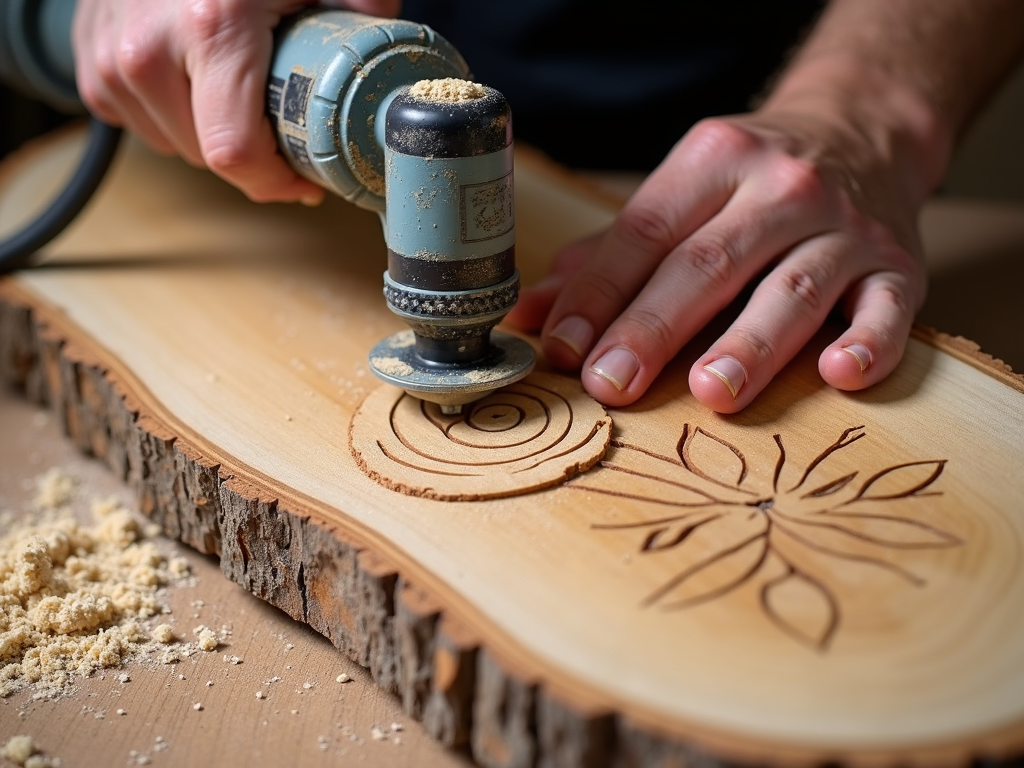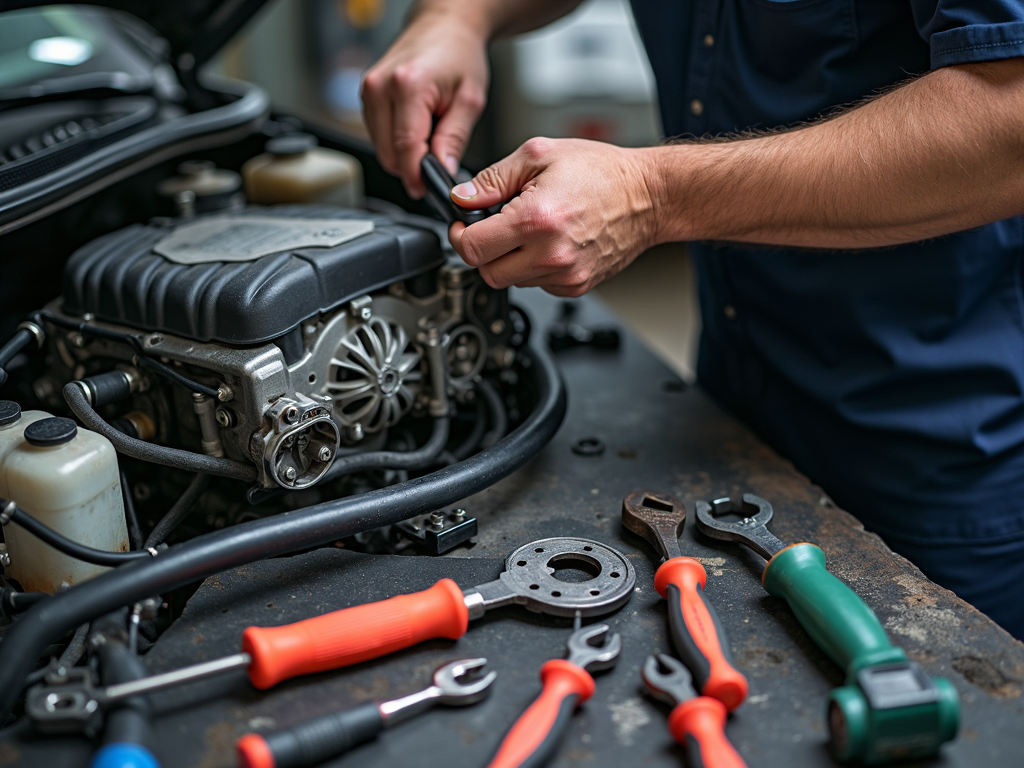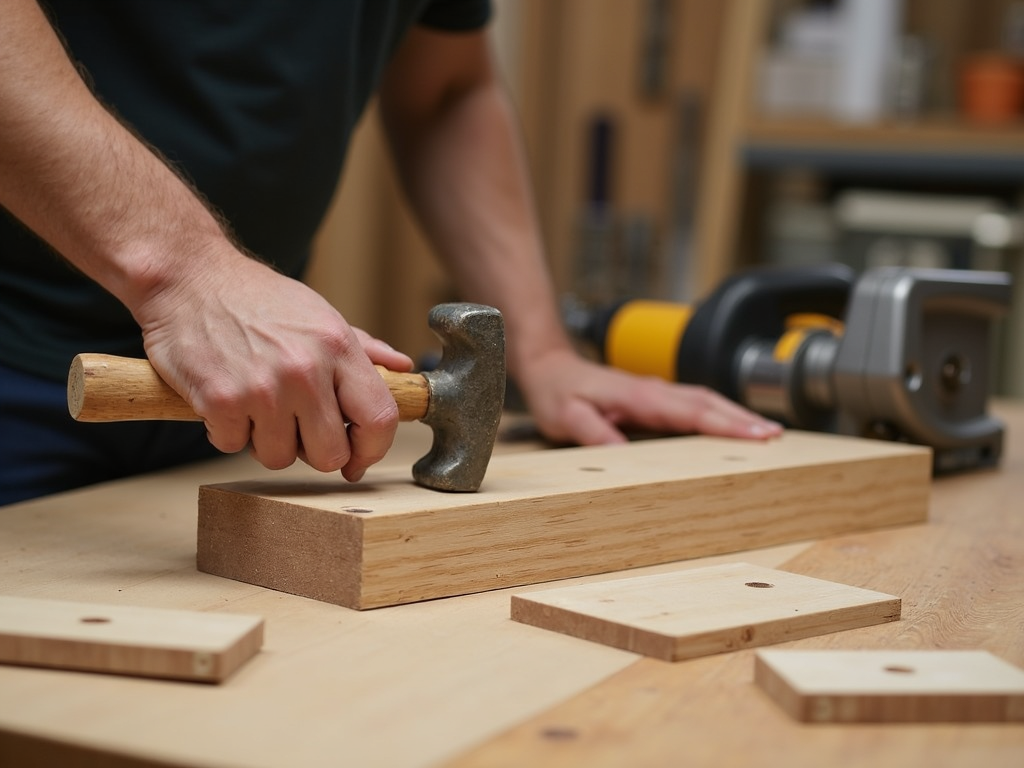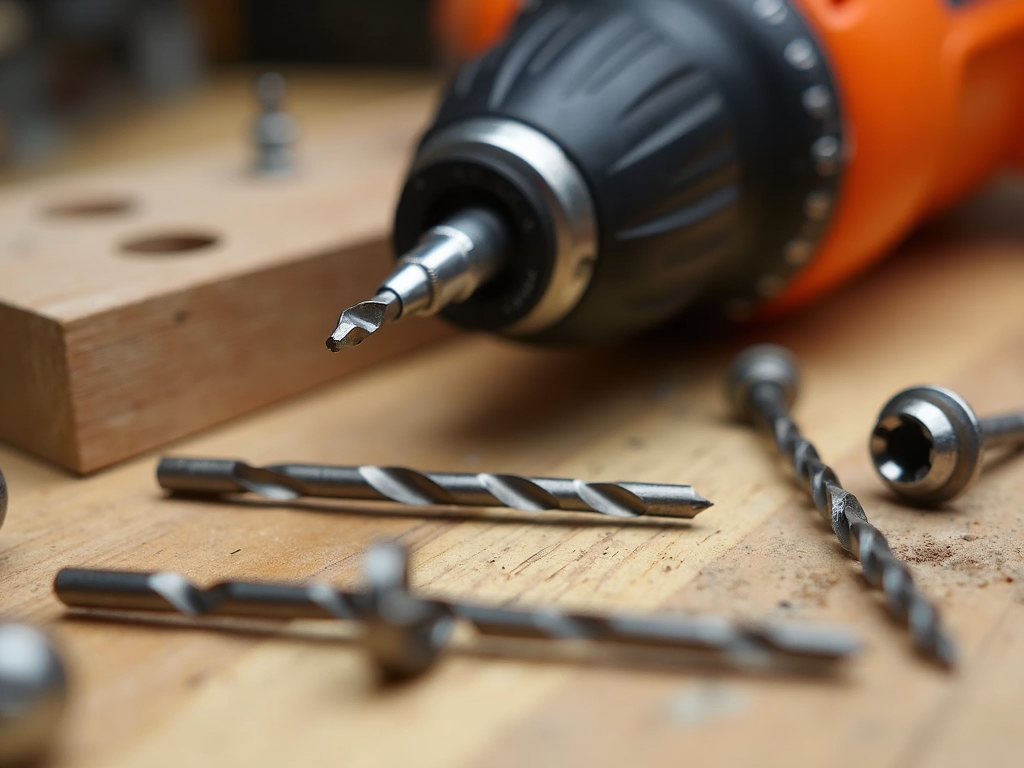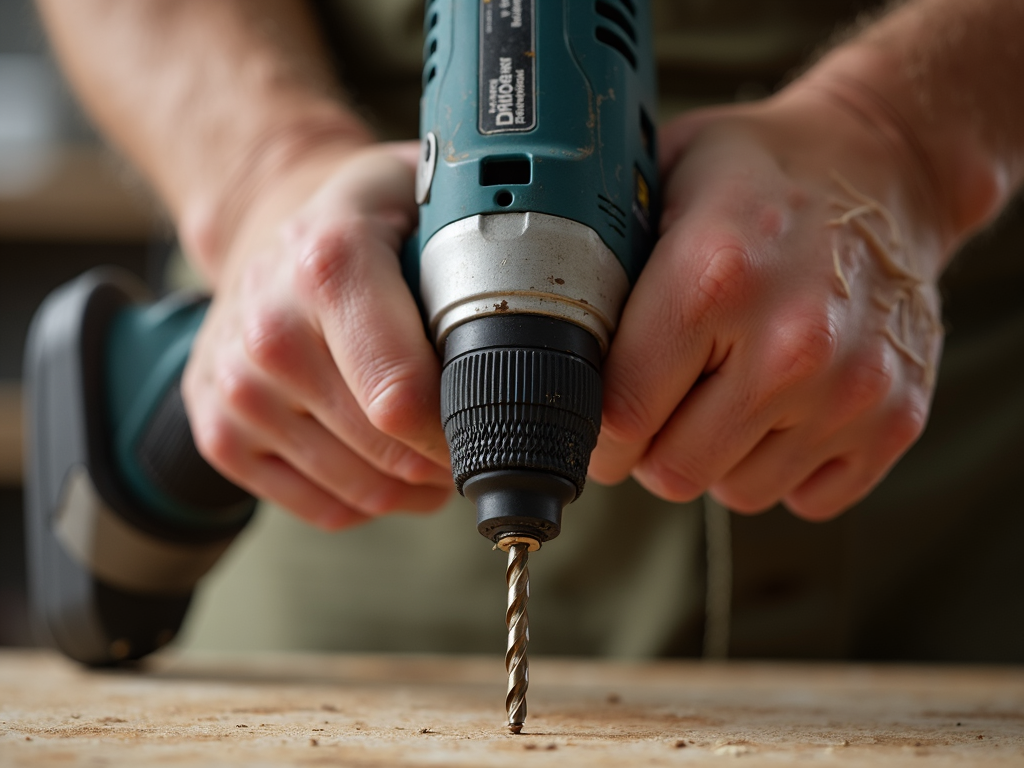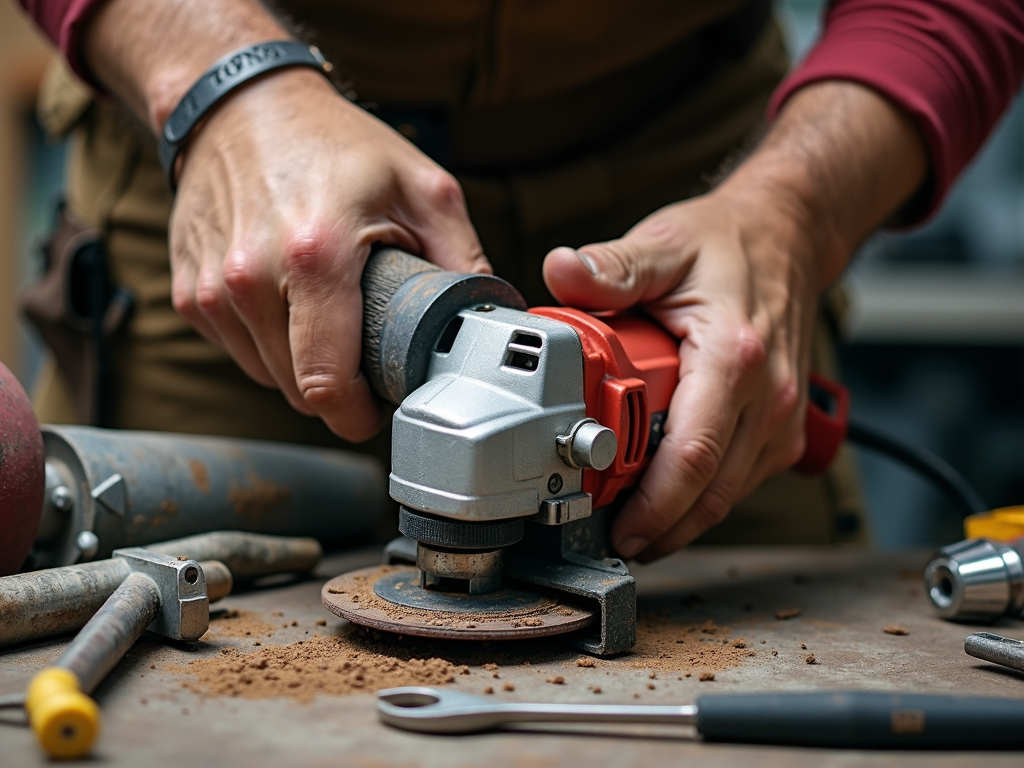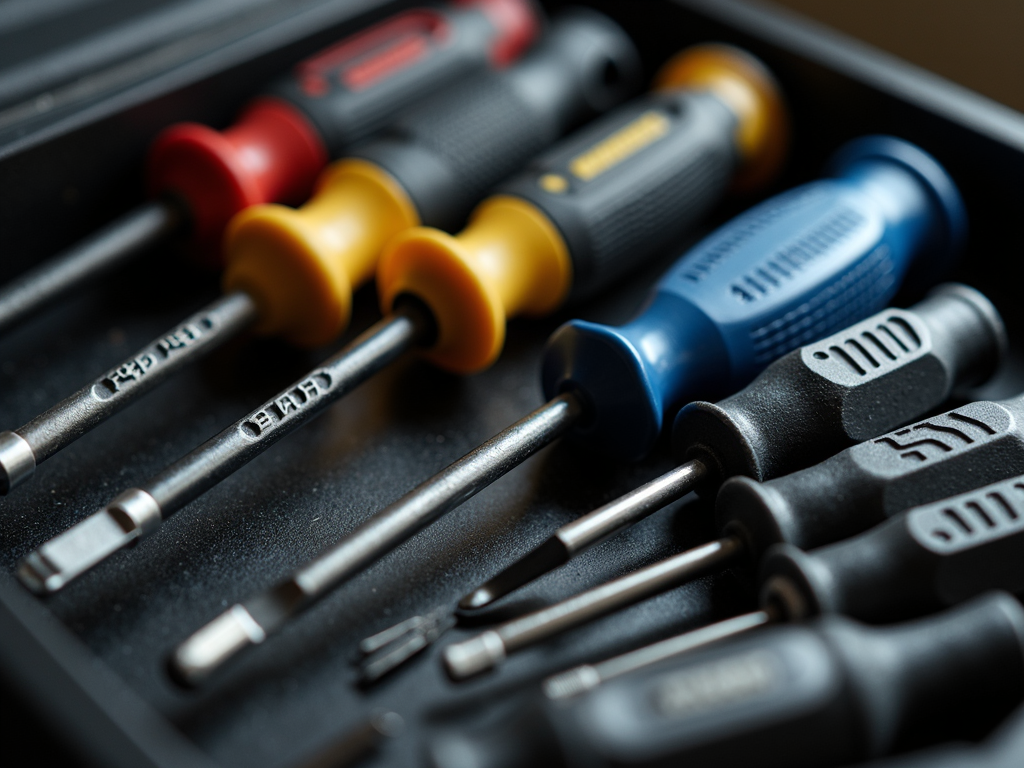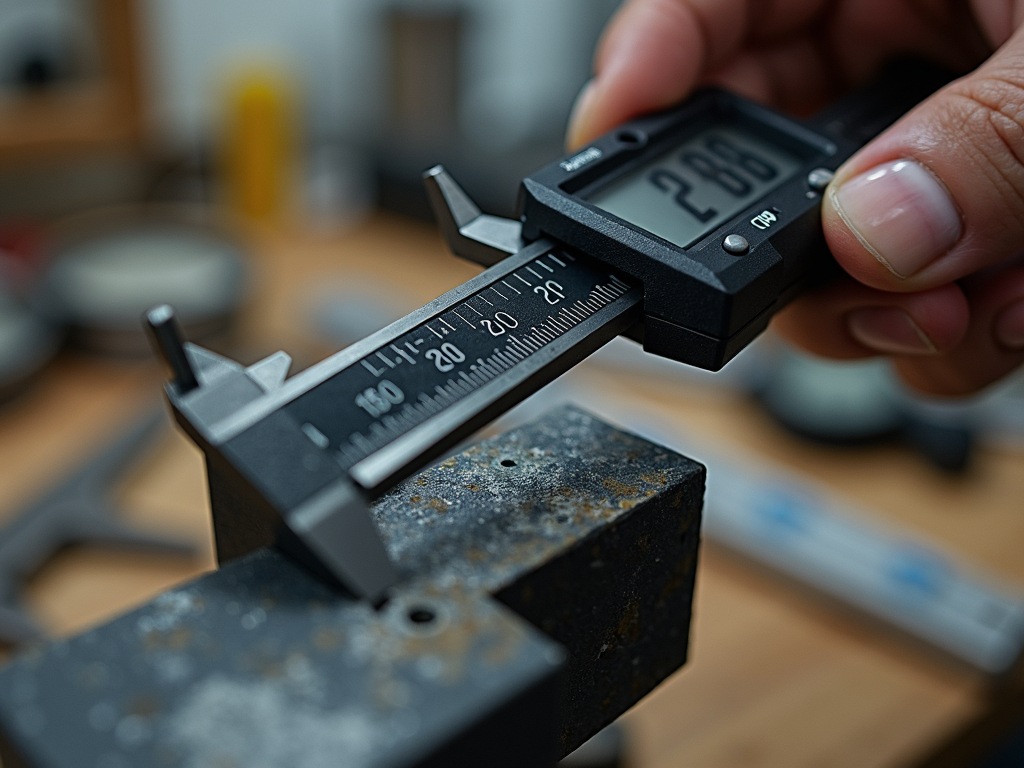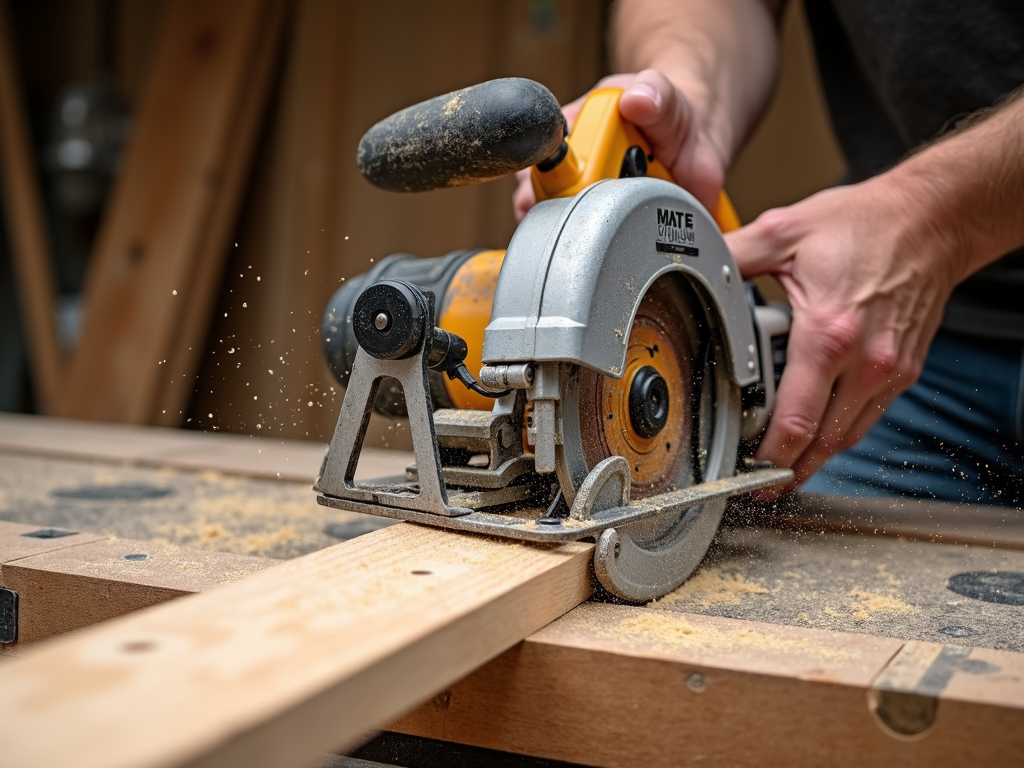Nuts and bolts are the backbone of any repair job, whether you're fixing a leaky faucet, assembling a bike, or working on a car engine. These tiny fasteners hold everything together, making them vital for success. In this guide, we'll cover everything you need to know about understanding nuts and bolts for repairs, including types, tools, and tips to get it right.
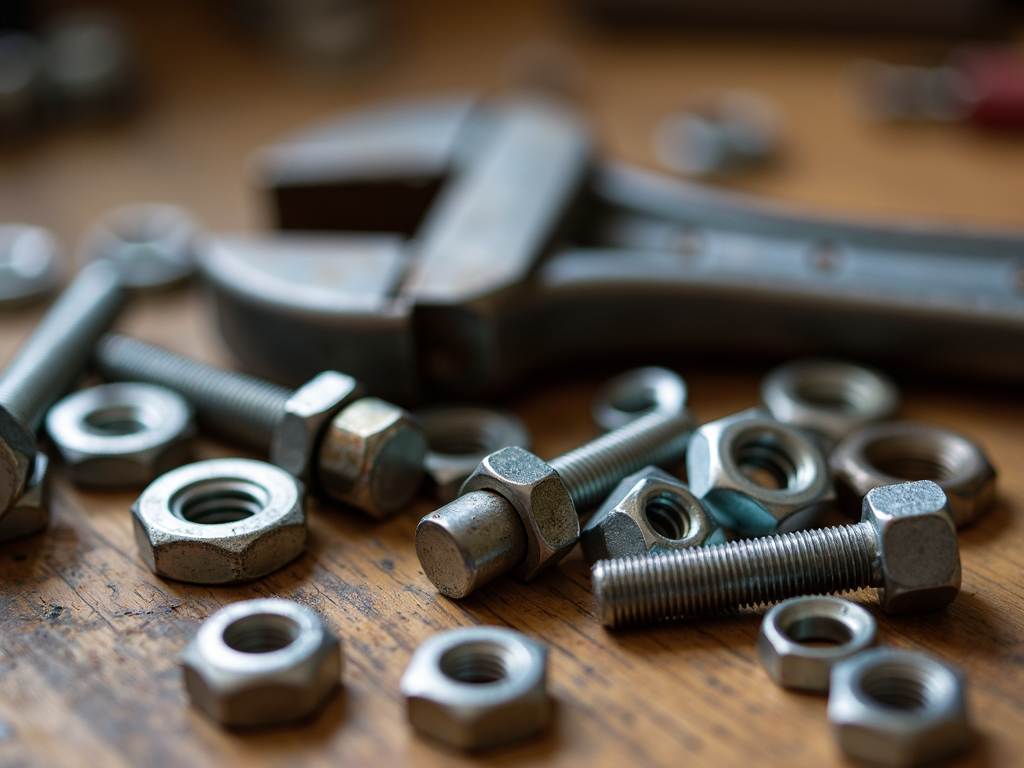
What Are Nuts and Bolts?
Simply put, nuts and bolts are fasteners that work together to secure parts in place. A bolt has a threaded shaft and a head, while a nut screws onto the bolt to lock it tight. They’re used everywhere—from furniture to machinery—because they create strong, reliable connections.
Think of them as a team. The bolt goes through the pieces you’re joining, and the nut tightens everything down. Without them, your repairs might fall apart—literally. Knowing how they work is the first step to mastering any repair project.
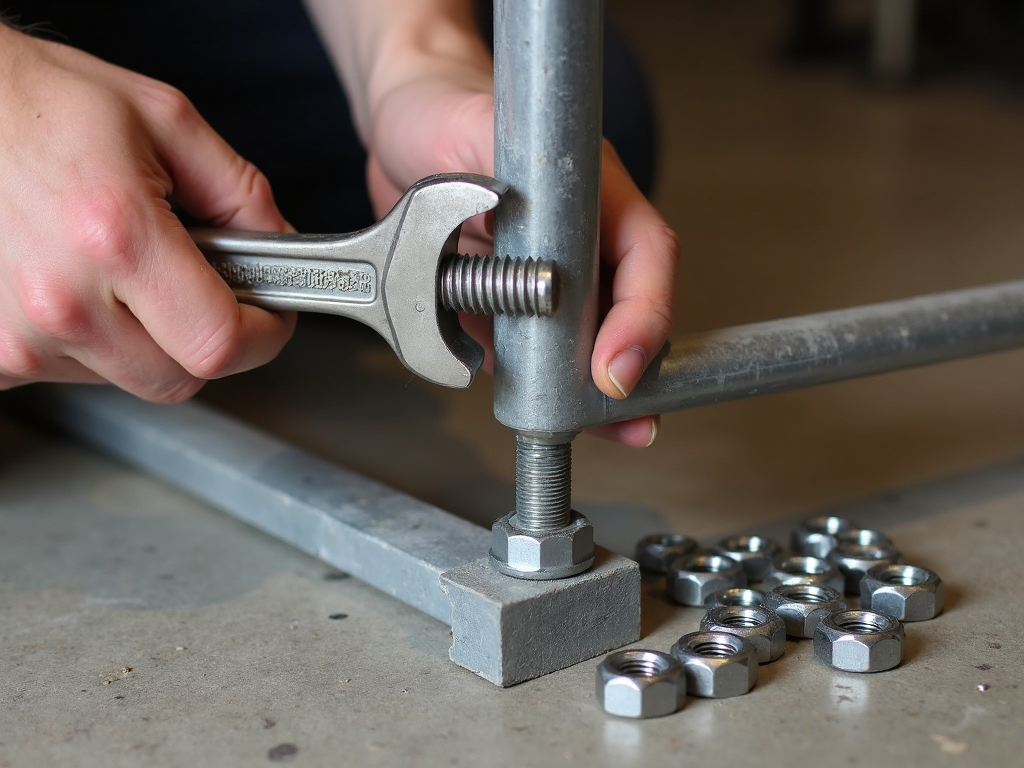
Types of Nuts and Bolts
There’s no one-size-fits-all when it comes to nuts and bolts. Each type has a specific job. Here’s a rundown of the most common ones:
- Hex Bolts: These have a six-sided head and are tightened with a wrench. They’re everywhere—cars, buildings, you name it.
- Carriage Bolts: With a smooth, rounded head and a square bit under it, these are great for wood projects.
- Lag Bolts: Big and tough, lag bolts are perfect for heavy wood or wood-to-metal connections.
- Wing Nuts: These have ‘wings’ so you can tighten them by hand—super handy for quick fixes.
- Lock Nuts: Built to stay put, lock nuts resist loosening, making them ideal for vibrating machines like engines.
Choosing the right type matters. Once, I used a hex bolt for a wooden shelf, but it didn’t grip well. Switching to a carriage bolt made all the difference—it held firm and looked cleaner too.

How to Measure Nuts and Bolts
Size is everything with fasteners. A bolt’s size comes down to three things:
- Diameter: The width of the shaft, like 1/4 inch or 10 mm.
- Length: How long the bolt is, measured from under the head to the tip.
- Thread Pitch: The space between threads—coarse for quick jobs, fine for extra strength.
Nuts need to match the bolt’s size and threads. Grab a ruler or a thread gauge to check, and you’ll avoid a lot of headaches.
I learned this the hard way fixing a bike. I grabbed a bolt that looked right but was too short. It didn’t hold, and the wheel wobbled. Measuring first would’ve saved me time.

Materials You’ll Find
Nuts and bolts come in different materials, and each has its perks:
| Material | Strengths | Best For |
|---|---|---|
| Steel | Strong, affordable | General repairs |
| Stainless Steel | Rust-proof, durable | Outdoor or wet areas |
| Brass | Corrosion-resistant, pretty | Decorative projects |
| Plastic | Light, won’t rust | Low-stress jobs |
Pick based on where they’ll go. Stainless steel saved me on an outdoor gate—it’s still rust-free after years.
Must-Have Tools
You can’t work with nuts and bolts without the right gear. Essential wrenches for automotive repair top the list, but here’s what else you need:
- Wrenches: Adjustable or socket wrenches handle most jobs.
- Pliers: Great for holding nuts or small bolts steady.
- Torque Wrench: Ensures you don’t over-tighten, especially on engines.
- Thread Locker: A liquid that keeps nuts from loosening.
Good workman tools make repairs faster and safer. I keep a small wrench set in my car—it’s bailed me out more than once.
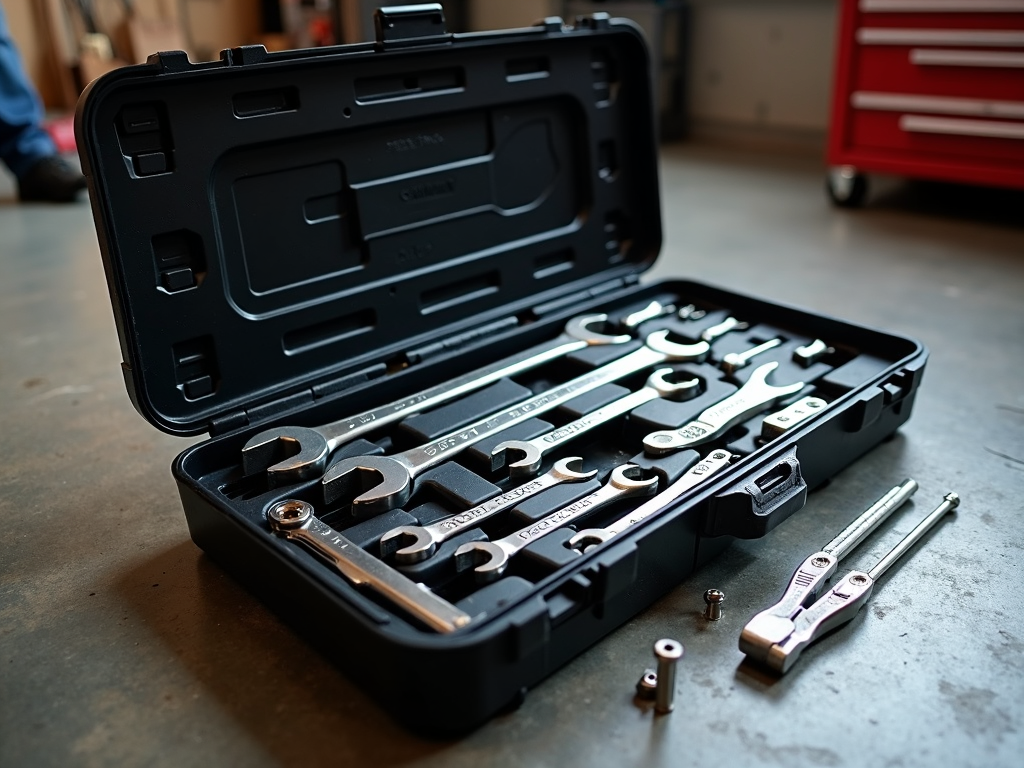
Tips for Using Nuts and Bolts
Here’s how to get it right:
- Match Sizes: Double-check that nuts fit bolts perfectly.
- Use Washers: They spread the load and protect surfaces.
- Tighten Just Enough: Too much force can strip threads—use a torque wrench if you’re unsure.
- Check Threads: Damaged threads won’t hold. Replace them.
These steps have saved me from shaky fixes. Washers, especially, turned a wobbly table into a solid one.
Common Mistakes to Avoid
Mistakes happen, but they’re easy to dodge:
- Wrong Material: Steel in a wet spot rusts fast—use stainless instead.
- Over-Tightening: I snapped a bolt once doing this. Now I stop when it feels snug.
- Skipping Tools: Hand-tightening wing nuts is fine, but hex bolts need wrenches.
Learn from my slip-ups—it’ll save you time and frustration.
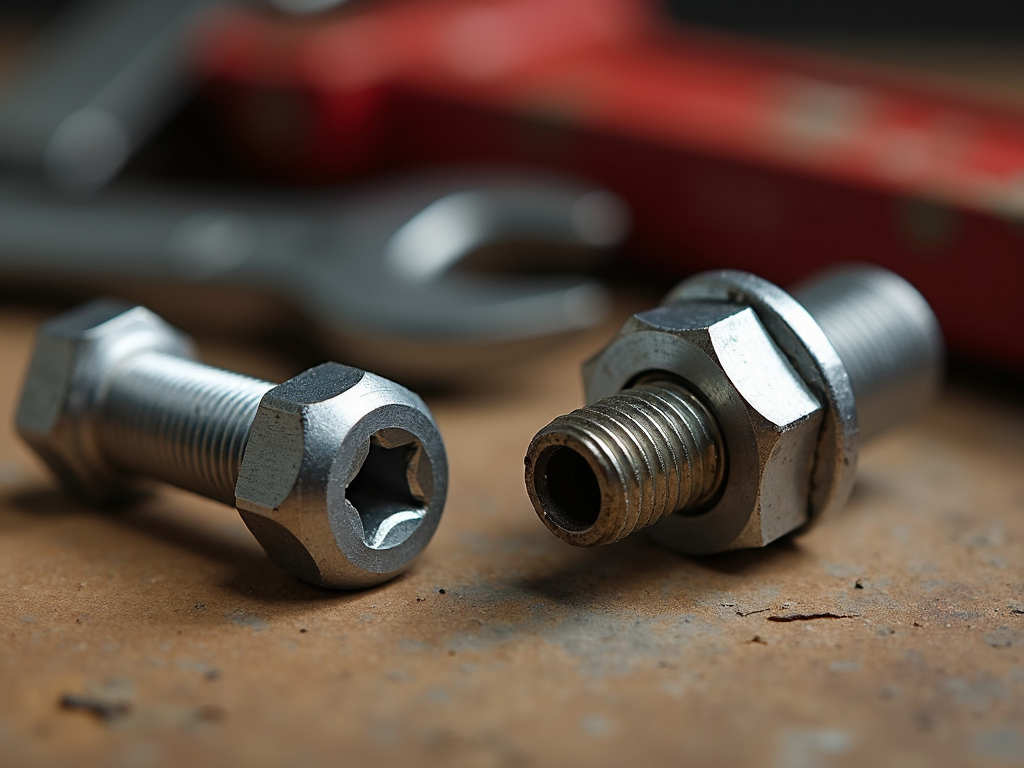
Real-Life Repair Stories
Understanding nuts and bolts for repairs shines in action. Fixing my old lawnmower, I swapped rusted bolts for stainless steel ones. It’s still running strong. Another time, assembling a kid’s swing set, I used lock nuts to keep it safe despite constant shaking. The right fastener makes all the difference.
In automotive work, essential wrenches for automotive repair pair with the right bolts to keep engines humming. I once helped a friend replace a car battery mount—using the wrong bolt size meant it rattled loose. We fixed it with a proper hex bolt and a torque wrench. Solid as a rock now.
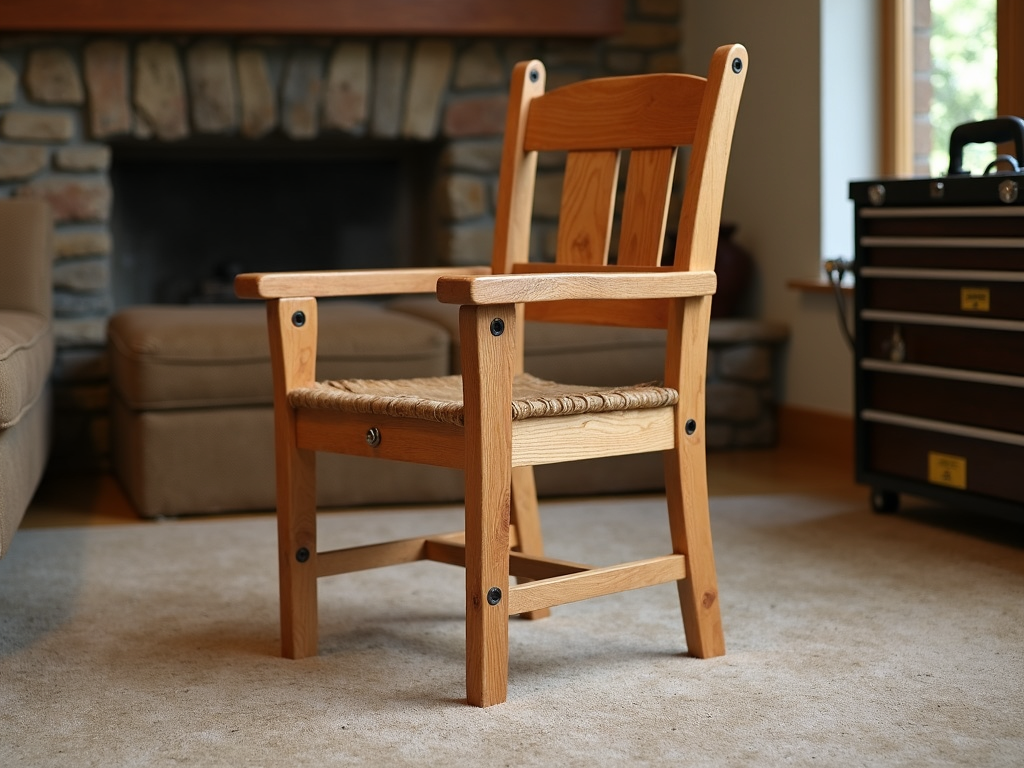
Why This Matters
Getting nuts and bolts right isn’t just about finishing a job—it’s about safety and durability. A loose bolt in a car or a weak one in a shelf can cause trouble. Take time to learn this stuff; it pays off every time you pick up a wrench.
Summary
Nuts and bolts are small but mighty, holding our repairs together. From hex bolts to wing nuts, steel to plastic, each has a role. With the right sizes, materials, and workman tools like wrenches, you’ll tackle any project. Avoid mistakes, measure twice, and your fixes will last. Want more? Check out the recommended readings below.
Related Understanding Nuts and Bolts for Repairs:
- Rotary Tool Accessories and Attachments: Unlock the Full Potential of Your Power Tool
- Essential Guide to Automotive Tool Care: Tips for Extending Tool Lifespan
- Top 10 DIY Projects Using Basic Tools
- Choosing Your First Power Tool
- Power Tools for Woodworking Enthusiasts
- Advanced Techniques for Power Tool Safety: A Comprehensive Guide
- Essential Worker Safety Tips for Construction Sites
- Workman Tools: A Guide to Choosing the Right Equipment
- Essential Screwdriver Maintenance Tips to Keep Your Tools in Shape
- Calibrating Your Measuring Tools: The Ultimate Guide to Workshop Equipment Maintenance
- DIY Garage Organization Ideas for Small Spaces
- Essential Woodworking Tools for DIY Enthusiasts
